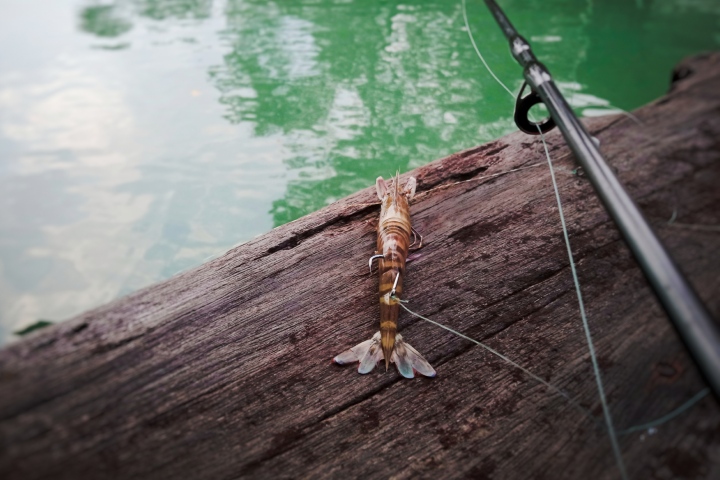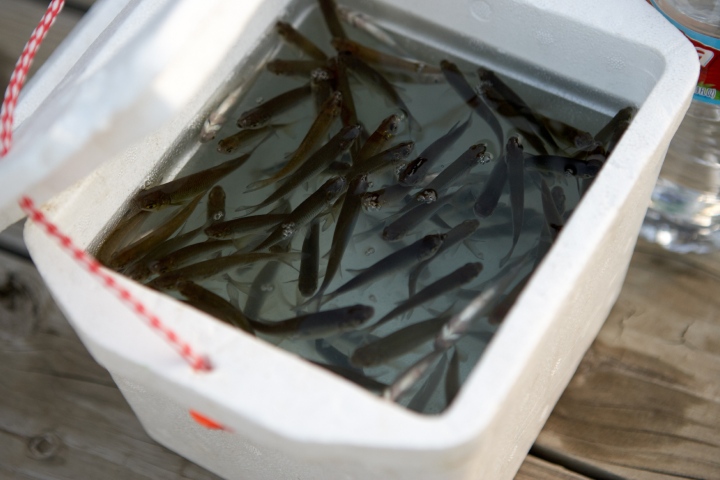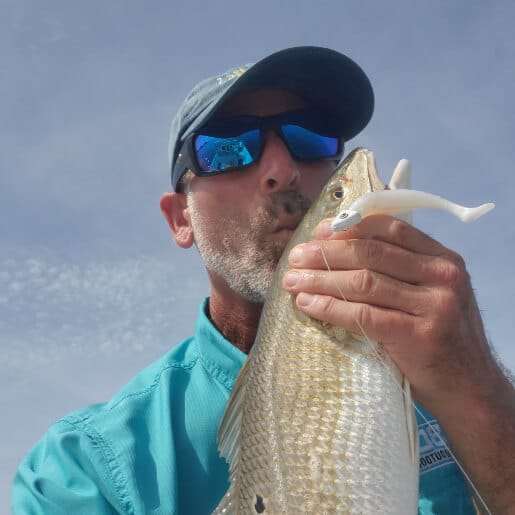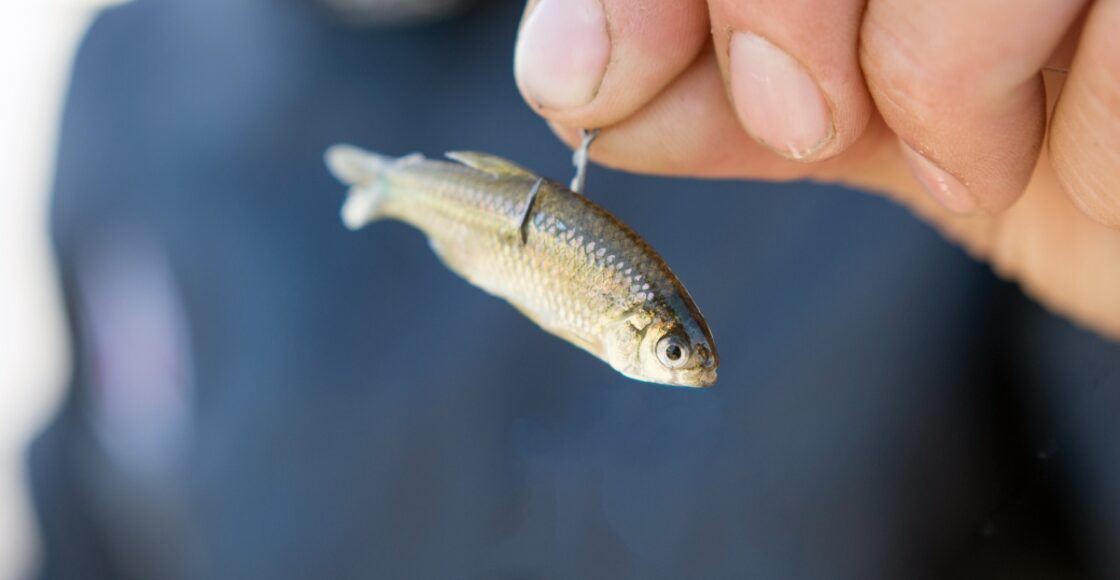Fishing Bait 101: Choosing the Best Bait for a Successful Catch
Last Updated on October 11, 2024 by Boatsetter Team
If you want to put some fresh fish in the cooler, choosing and using the best bait is critical.
There are lots of ways you can boost your catch rate, like renting a boat and expanding your access to distant hotspots, or hiring a fishing charter so you get the advice of a pro. When you get right down to brass tacks, however, it’s often the most basic factor of all that will help you catch the most fish: using the best bait.
Which is the Best Fishing Bait?

The best bait to choose is generally whatever the fish you hope to target are eating—what anglers call “matching the hatch.” When fly fishermen cast flies for trout, they need to look around and see which insects are currently hatching. Usually, these will be what the trout want to eat, and other flies won’t get nearly as many strikes. So, the angler matches the hatch by spotting the currently hatching insects and choosing the fly that most closely resembles them.
While many other species may not eat insects, the concept of matching the hatch certainly holds true in all forms of fishing. In a river where smallmouth bass thrive on eating crayfish, for example, will almost always be the best fishing bait to use. Or in a coastal bay rich with shrimp, anglers using shrimp for bait are likely to catch the most redfish and speckled trout.
Though the vast majority of time matching the hatch is the best move, we should point out that there are exceptions. Consider fish like white perch and striped bass in the Mid-Atlantic region. Nothing is more of a treat for these species than crabs that have molted their shell and are soft. These are only available for short periods of time and make up a relatively small proportion of the diet for these fish, but whenever they get an opportunity to munch on soft crab they can be depended on to take it. So, even though using it for fishing bait isn’t exactly matching the hatch, it can be quite effective.
Fresh Fishing Bait Versus Frozen Bait

As a rule, fresh fishing bait will almost always out-perform the frozen stuff. In fact, live bait usually trumps freshly dead bait, too. A live, twitching critter will often cause a predator fish to throw caution into the wind and attack. On top of the fish’s preferences, frozen bait can be tougher to use effectively because in many cases (though not all) it tends to be mushier and is difficult to keep it on your hooks.
What about those cured baits you may see in stores and tackle shops? This sits a notch below frozen bait, and generally isn’t very effective unless you can locate some very hungry fish. But don’t mix up cured baits with artificial baits. These days there are several scented and flavored artificial baits that aren’t meant to be fished as lures, but are intended to be threaded onto a hook and fished exactly like natural bait. It certainly depends on the situation and the preferences of the species present in the water you’re fishing in, but in some cases these artificial baits can be quite productive. Added bonus: these don’t require refrigeration and some are completely mess-free, which can significantly lower the hassle-factor associated with fishing bait.
Tips for Fishing with Bait
Each bait is different and there are multiple ways to fish with each different type, so there isn’t a huge number of blanket statements we can make about how you should fish baits in general. That said, whichever bait you’re using these tips should prove helpful across the board.
- Use a monofilament fishing line as opposed to a braid fishing line. One of the main advantages of braid is that it’s so much more sensitive than monofilament, but this is a double-edge sword. While you can feel the fish better using braid, they can feel you better, too. So, if you’re using braid there’s a better chance the fish will feel something amiss and spit the bait out.
- When using live bait or large pieces of bait, give the fish three to five seconds to get it all the way into their mouth before setting the hook.
- If the bait you’re using is soft, like menhaden or shrimp, reel up and check it anytime you think you’ve missed a nibble. Quite often baits like these will get stolen, especially if they’ve been frozen and are thus even softer than usual. If you fail to check after nibbles, you’ll spend a lot of time fishing with bare hooks.
For more information on fishing with bait, also see:
How to Bait a Hook with Shrimp
Trolling with Live or Dead Baits: 5 Tricks for Fisherman

With over three decades of experience in marine journalism, Lenny Rudow has contributed to dozens of boating and fishing publications and websites ranging from BoatU.S. Magazine to BDOutdoors.com. Rudow is currently the Angler in Chief at Rudow’s FishTalk, he is a past president of Boating Writers International (BWI), a graduate of the Westlawn School of Yacht Design, and has won numerous BWI and OWAA writing awards.










